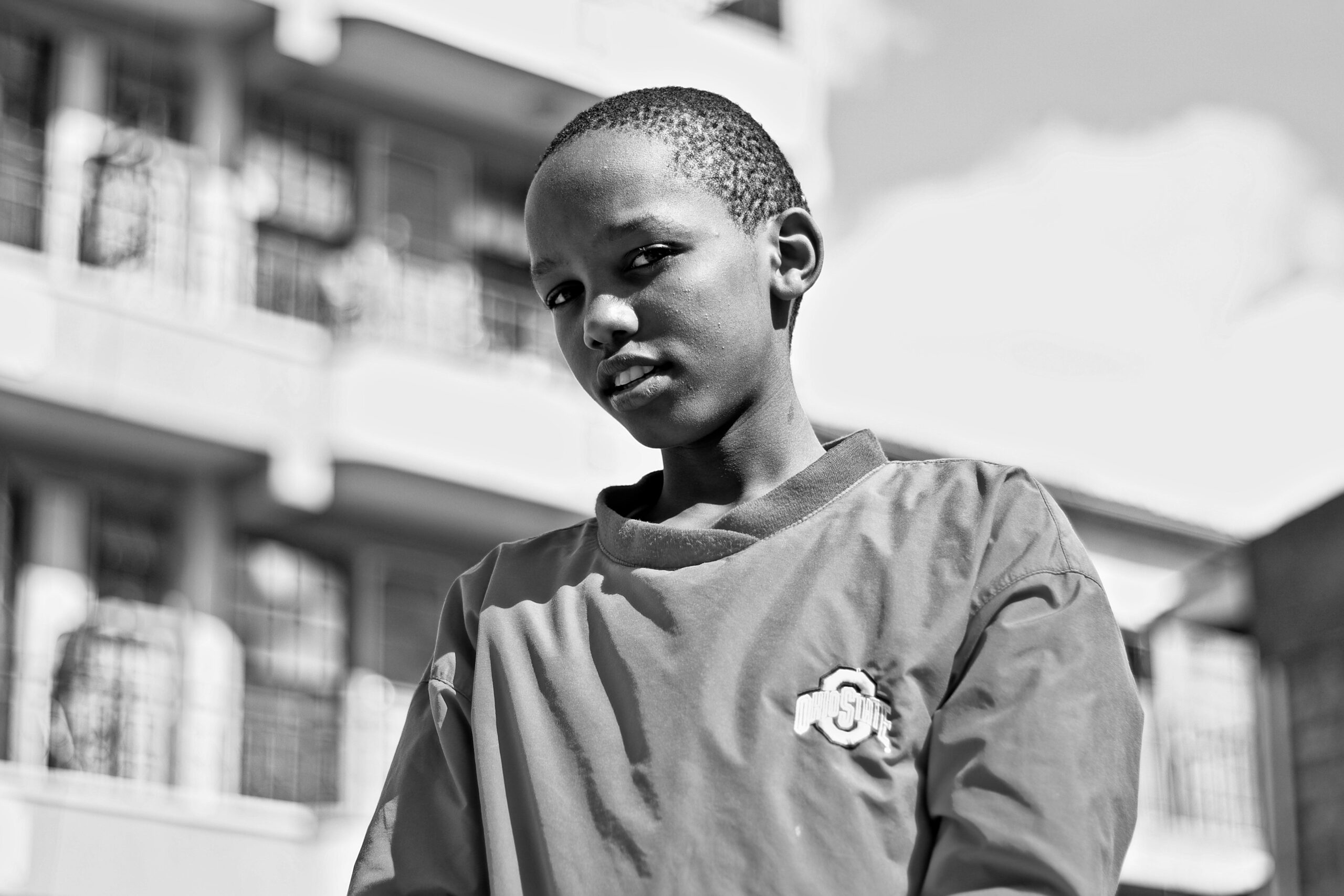Children who experience anxiety, stress, or other mental health challenges often struggle to find ways to calm their minds and bodies. One of the most effective tools we can teach them is the power of the breath. Breathing exercises are simple, portable, and accessible strategies that help children regulate their emotions, reduce stress, and feel more grounded.
Why Breathing Helps
When children feel anxious or overwhelmed, their bodies enter “fight or flight” mode—hearts race, muscles tense, and thoughts speed up. Slow, intentional breathing sends a signal to the brain that it’s safe to relax, lowering stress hormones and creating a sense of calm.
Here are some kid-friendly breathing techniques you can introduce:
1. Balloon Breathing
Ask your child to imagine their belly is a balloon. Have them take a slow breath in through the nose, letting their belly expand like a balloon filling with air. Then, gently exhale through the mouth, pretending the balloon is slowly deflating.
- Why it works: Helps children visualize and feel the calming rhythm of breath.
2. Box Breathing
Guide your child to:
- Breathe in for a count of 4
- Hold for a count of 4
- Breathe out for a count of 4
- Hold for a count of 4
Repeat this pattern a few times. - Why it works: Gives children structure and rhythm, which is especially helpful for managing anxious thoughts.
3. Smell the Flower, Blow Out the Candle
Have your child pretend they’re smelling a flower (inhale through the nose) and then blowing out a candle (exhale through the mouth).
- Why it works: Simple imagery makes it easy for young children to understand and practice.
4. Starfish Breathing
Ask your child to hold one hand out like a starfish. With the pointer finger of the other hand, slowly trace up each finger while inhaling, then trace down each finger while exhaling. Continue until all five fingers are traced.
- Why it works: Combines breath with movement, keeping children engaged and focused.
5. Bubble Breathing
Give your child a bottle of bubbles or ask them to pretend they’re blowing bubbles. Encourage slow, steady breaths out—if they blow too fast, the bubble will pop.
- Why it works: Makes breathing playful while teaching control over the exhale.
Tips for Teaching Breathing Exercises
- Practice when your child is calm, not only when they’re upset.
- Keep sessions short—1 to 3 minutes is plenty.
- Make it fun with imagery, props, or even drawing.
- Model the exercises yourself so your child can follow your lead.
Final Thoughts
Breathing exercises give children a powerful tool they can carry with them anywhere—at school, at home, or during moments of stress. With regular practice, these techniques can improve emotional regulation, reduce anxiety, and create a sense of safety in their bodies. Teaching children to pause, breathe, and reset is one of the most supportive gifts we can offer for their mental well-being. For additional support on helping your children, reach out to Soul Sprout Mindful Care today!


Leave a Reply